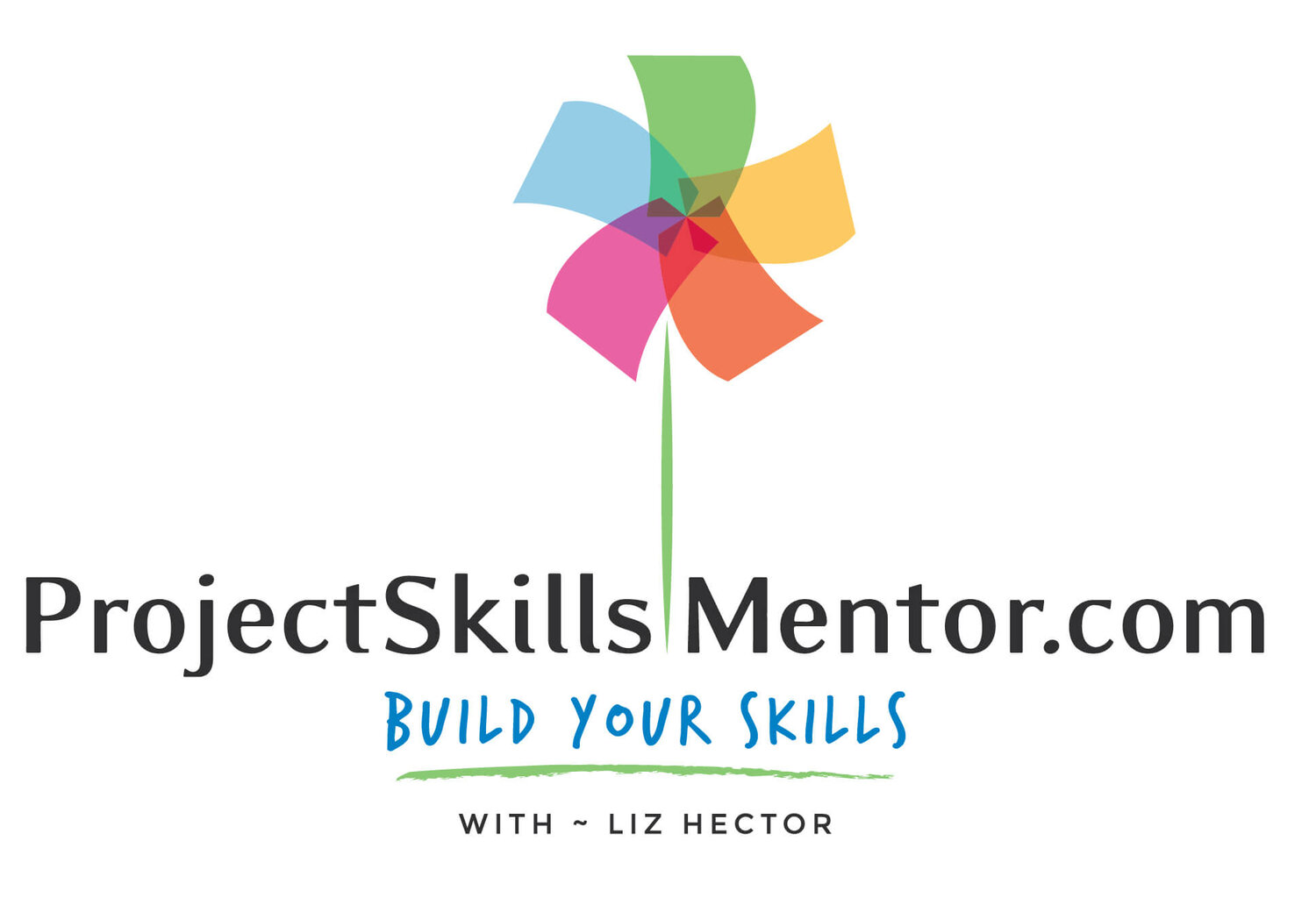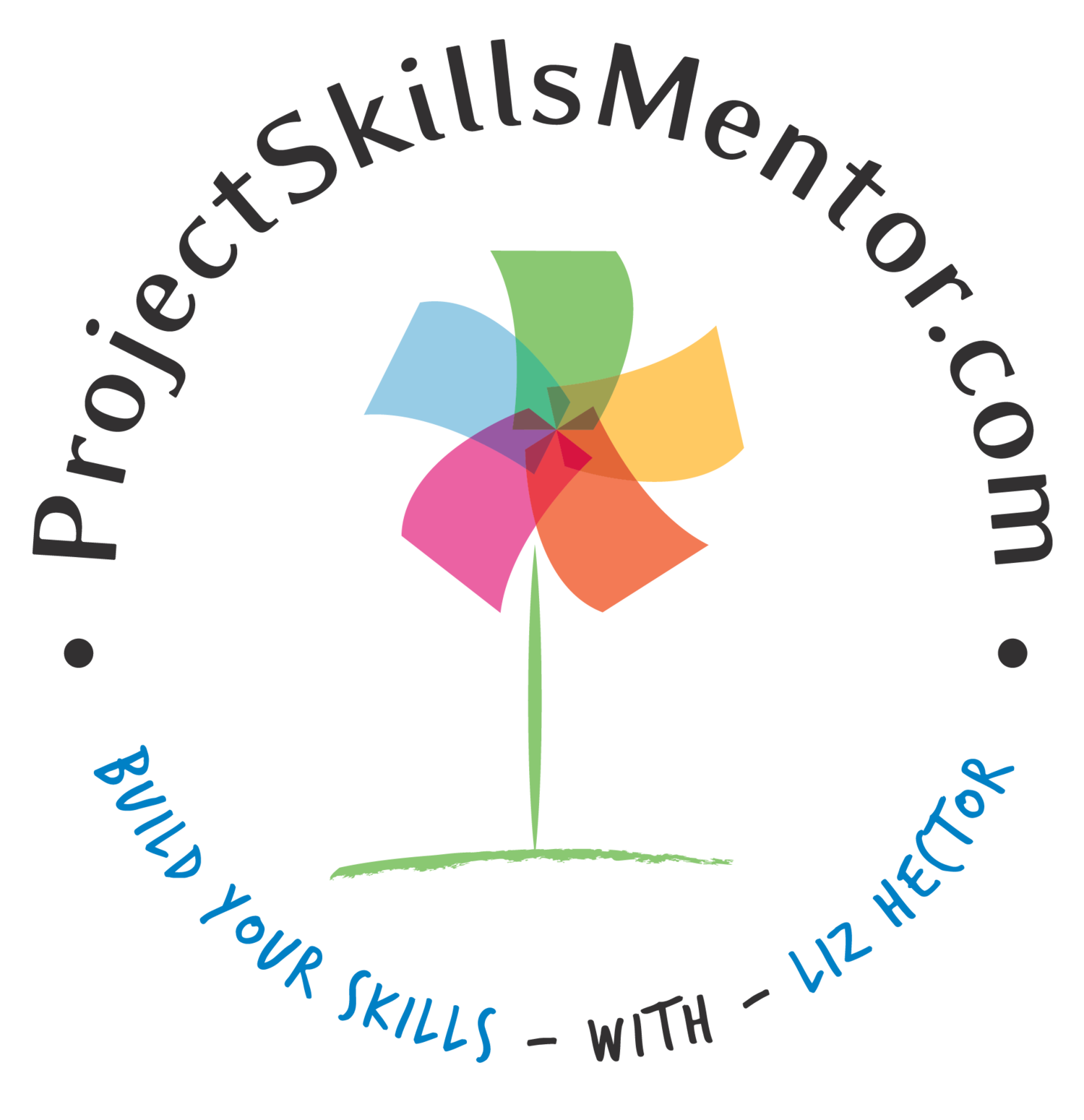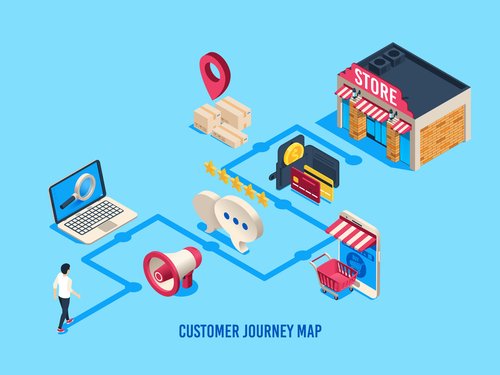How to create a Successful Project Kick-off
Great projects don't happen by accident. They are thoughtfully planned and produced by the project manager. The success of a project depends on the successful project Kick-off off. But the question is? How do Project Managers 'produce' a great kick-off meeting? Let me show you.
As part of my goal to help new Project Managers, I have created a PM Fundamentals Series on my blog. Click here for the PM Fundamentals video series.
Why is a Project Kick-off so important?
Because it:
Engages the team with the Project Goal
Builds the Team Dynamics
Creates Action Focus
There are many ways to prepare for project kick-off. I have created a set of documents I like to use, which can be printed in A5 size and used as posters to work through during the meeting.
And then afterward, used in the team's working space to keep things on track. To help you prepare for your project kick-off - you can download the 7-page Project Kick-off Template here.
Let's start with the When, Where, and How
When to start? The easy answer is when you are ready with (most of) the team ready to start work. The Business Case or Statement of Work (if they exist) should be agreed upon, and the Project Charter should have been created and approved.
Where to hold the workshop? The best kick-offs are workshops (not meetings) where work is done, teams are built, and the goals are clarified. So the space for this event needs to include a space where everyone feels comfortable sitting, standing, and working for several hours. And enough space to work using paper or digital flip charts and create breakout sessions. For more on how to run a Workshop, click here.
How will the meeting be held? You may need to hold a face-to-face, virtual or hybrid event. But either way, you need to prepare well in advance. If you're going to use technology to run the meeting, you also want to have workshop spaces for the off-site team prepared. That can mean sending documents in advance or creating a digital space everyone can work on. Persona maps can also help the team work through the product and user concepts. You may want a draft document that the team can work with to reference. Click here to learn more and download my free templates.
Engage the team with the goal
Step one of any project kick-off is engaging the team with the project end goal. The Kick off summary is based on the Project Charter and potentially the Statement of Work or Business Case. But these documents often contain legal and budget details you don't want to share with the full team. Using a document that is fit for purpose can help you craft the message as a story and engage your team with the result and the impact of the end goal.
While teams generally focus in terms of processes and steps. However, it is important to begin with the end in mind since this is an important step in every successful Project. Check this video out if you'd like to know more about how project managers can use storytelling and affirmative statements to help the team understand the Project's ultimate goal.
Goal setting helps to guide focus and sustain momentum- Leslie Ripple, Positive Psychology
There are a couple of ways to focus on the Project Goal and Outcome.
User Journey. Describe a current day-in-the-life of the end-user, and create a map of the future process or solution to see the difference. This roadmap will help the team understand the user, the product (or solution), and the operations and processes that support the new User Experience. Click here to learn more about how to create a User Journey.
Storytelling, By telling the story of the transformation your Project will make to the end-users, you create the ability for the team to see the outcome and understand the benefit expected. Storytelling can be used later to subdivide work and allow the team to see how their parts come together to make the completed product. Click here to learn more about how to create a story, or see the video.
Build the team's dynamic
The project kick-off template also includes Tasks 2, 3, and 4. These tasks focus on creating the right team dynamics. As Project Manager, you are onboarding individuals into a team. So you want them to understand, appreciate and respect each other. The team culture can help the team get into the flow. It seems like a buzz word, but I assure you it is real. You and your team will see and feel the difference. When a team is in the flow, expect to experience better communication, fewer mistakes, and good interpersonal interaction. The outcome will improve both the team and the final project outcome.
To build team dynamics, I focus on having each member spend a few minutes introducing themselves to their peers. This is especially important if the team has not worked together before or has new roles. Making a Great team is the goal of every Project Manager. Learn more in this Video.
While some Project Managers may focus on one-on-one conversations with the team members, data shows that social interaction, starting with taking time to get to know and socialize, can make a dramatic impact on the project culture.
Socializing between team members improves communication patterns more than 50%. - Alex "Sandy" Pentland, HBR
This form should be given to each team member to update and share at the meeting. The format is fluid, so encourage people to document their key messages in a way that speaks to them. I have had people share talking points, create an infographic or complete this form which focuses on their views on :
Where do they fit into the team
How they prefer to interact
What personally motivates (and demotivates) them
They're availability (important for part-time or staff with multiple roles or different workstreams).
What they want to be 'famous for" (within the team)
Giving everyone time to speak and share their story as part of the Project Introductions will give everyone a more personal connection to the shared outcome and each other. If the team is large and time is short, use breakout groups to create sharing circles.
Workshop on the RACI. This is the perfect time to make sure that everyone has a view on how does what and how they interact together. If you want to know more about the RACI model and how to use it, see this video.
Share the Weekly Project Agenda and how it works. Who contributes, and how the document is used. The best way to get the team into the process is to start by creating the Week 1 Report together. A quick version of this will show how things are done and allow the manager to interact with a reporting deliverable to see how each team member provides input. Getting feedback from the Leads is a great way to show that the team needs to work together to function on every level.
The team is a single entity, even though individual members may be very different from one another. The leader should encourage sensitivity to differences but look for ways to bridge them and build unity.
- Tsedal Neeley, HBR
Create action item focus
Project Kick-off Steps 5, 6, and 7 focus on creating the action items for the team. Using a workshop approach is a good want to confirm tasks, get the team on board, and commit to the actions they need to deliver.
This can help the Project Managers update the Project Schedule or "baseline" Gantt Chart.
Task Plan on a Page allows the team to link the RACI, Weekly Reporting, and the Key Tasks by project sub-team or group. This helps to identify missed items on the Project planning and issues in the timeline. This discussion can also focus on the Risks, Quality, and Communication tasks. As part of this, take the team through the plan and the ways of working on the Project. If you want my free PM Toolkit to share with your team and update as appropriate, Click here.
Integrated Team StoryBoards can be a way to clarify work by subteams. Each working group can review the part of the story they are working on and how it relates to the work being done by other groups. The team can verify that each storyline contributes to a completed product.
Use the Team Calendar is a 3 month rolling summary of key dates that impact the team and work. This can include:
Holidays for the Project or team
Vacations when critical staff are away
System or Tech maintenance dates
Stakeholder meetings or visits
Key Decision dates
If there is time, a Project Kick-off can always cover more. But getting these foundations done correctly will set the team up for future success:
Understanding the Project Goal and Sharing it
Engaging the Team and Building Culture
Confirming the Actions and Getting the Work Started
Something to consider for longer projects is to have a kick-off for every year, or major milestone since objectives, roles, and ways of working may change.
I hope you found this information helpful. If you have a question or comment, please leave it below, or sign up on the community contact page for more content in the future.







